Crochet Stitch Anatomy: (BiCrafty Bootcamp: Beginner Crochet Lessons for Knitters: Lesson 9)
Welcome back to BiCrafty Bootcamp: Beginner Crochet Lessons for Knitters! We hope that you had a nice holiday break. Hopefully you continued working on the skills that we began developing in the first half of bootcamp. Now we’re ready to dive right back in, brush up on those skills, and keep on growing! We have a few things going on this week, the focus of which is learning crochet stitch anatomy. You can work into different parts of each stitch, creating different crochet fabric like magic. This should be a fun lesson!
Refreshing Our Memories
Let’s get back in the swing of things! You can access the main BiCrafty Bootcamp Crochet page any time to see links to all of the lessons and videos. We’ve also shared the MATERIALS LIST for part two of bootcamp, so you should go order your yarn now if you haven’t done so already.
We wrapped up part one by working on the Confetti Dots Blanket, our JAYGO granny motif crochet blanket project. We’re going to chat today about finishing that completely by adding a simple border.
This Week’s Materials
Today we’re working on learning skills, rather than creating a specific project. We’re heading into more projects next, so order your yarn at the link above. For today, you can practice with any size worsted weight yarn and a suitable crochet hook.
Crochet Stitch Anatomy: Loops and Posts
Back in Lesson 3, we learned that you can crochet into the top of a crochet stitch or into the spaces between crochet stitches. Now we’re ready to learn about a few other options related to working into the stitch. This involves looking at crochet stitch anatomy.
Each crochet stitch has two key parts: the loops and the post. When you work into the top of the crochet stitch as we’ve done so far, you’re working through “both loops.” (Look closely, you’ll see that there are two loops sitting on top of the stitch, if you look down at them from above, they look like a “v” – you insert your hook through both of them.) When we’ve worked into the spaces instead of the stitches, as with the granny stitch, we’ve worked between the posts, or the body, of the stitches.
Now we’re going to learn that you can also crochet through different parts of the loops as well as around the posts! You use basic stitches to make entirely different fabric thanks to different placement. For example, you can work a double crochet stitch into both loops (which you’ve already learned how to do) or through the front loop only (FLO), back loop only (BLO), or around the front or back of the post. Let’s explore.
Crochet Stitch Anatomy: Parts of the Loop
Almost every crochet stitch has the same two loops that sit on top of the stitch. If a crochet pattern does not specify otherwise, you insert the hook through both loops when creating your stitch. Alternatively you can:
Front Loop Only (FLO)
In front loop only crochet, (FLO), you insert the hook only through the front loop of the stitch. As you can see in the vide above, you can hold your work vertical to see the “v” that the two loops form. The stitch closest to you is the front loop.
To work FLO crochet, you insert your hook from the front of the work to the back, but through only that front loop. So you insert the hook between the front and back loop. You otherwise complete the stitch as normal.
Back Loop Only (BLO)
Similarly, you can work in the back loop only (BLO). You insert the hook front to back between the two loops, working into the back loop.
NOTE: the front and back loops are defined by which loop is closest to you as you work. When working in rows, you turn your work every row. Therefore, what was the front becomes the back. Don’t worry about this. FLO and BLO are defined only by the stitches closest to and furthest from you as you are looking at them on that row.
NOTE: You might work into the same loop across an entire row or even an entire project. However, some patterns will ask you to alternate between the two from stitch to stitch. There are SO many different fabrics that you can make using the same stitch worked in these different ways.
Crocheting Into the Third Loop in HDC
Most crochet stitches have two loops – front and back. However, some crochet stitches are unique. For example, the half double crochet actually has three loops instead of two. If you think about how the HDC is created, this makes sense. In both single and double crochet, your final step is “pull yarn through both loops on the hook.” That’s why there are two loops. However, in half double crochet, your final step is “pull yarn through all three loops on the hook.” Therefore, there’s a third loop in half double crochet. It’s just slightly different crochet stitch anatomy, that you only really notice when you’re working in specific loops.
Therefore, yes, you can choose to crochet only into the third loop in HDC. This creates a very knit-like texture. We’ll cover how to do this in the live lesson for this session.
Crochet Stitch Anatomy: Front and Back Posts
Now you know how to crochet in the front, back, and third loops. However, there’s also the post in crochet stitch anatomy. A crochet stitch has a post, which varies in height. In knitting, of course, all stitches are the same height. However, in crochet, you can build stitches taller and taller. The single crochet is shorter than the double which is shorter than the treble. The post is the height part of the stitch.
You can crochet around the posts instead of into the loops. This is a great way to add texture and dimension to a piece. We use front and back post crochet to create ribbing for projects. We also use them to create basketweave crochet and crochet cables.
Unlike with the loops, there is only one post. However, you can still work it as a front post stitch or a back post stitch. In front post, you insert the hook from the front to the back, around the post. As a result, the stitch pops out slightly towards you. In back post, you insert the hook from the back to the front, around the post. As a result, the stitch pops out slightly away from you.
Again, you can create post stitches using any basic crochet stitch. Double crochet is very common. So you have front post double crochet (FPDC) and back post double crochet (BPDC).
Crochet Ribbing
As a knitter, you know the value of ribbing for your projects. We often use it to create cuffs, hat brims, etc. and of course ribbing also creates beautiful texture for any fabric. In crochet, ribbing can be made in a variety of different ways.
Slip Stitch Ribbing
Slip stitches are one of my favorite techniques for crochet ribbing. You get a stretchy comfortable fabric that works for a variety of different projects. It’s especially good for hat brims. There’s a video below but read all about this here.
Post Stitch Ribbing
You can also alternate front and back post stitches to create ribbing for certain projects.
PRACTICE: RIBBED FOR HIM AND HER HAT
Now you’ve learned the crochet stitch anatomy. However, you have to practice in order to build your skills. The Ribbed for Him and Her Hat is the perfect project to practice. It uses all of these skills in one project, and you end up with a great hat. We use slip stitch ribbing for the hat brim. You’ll work FLO and BLO stitches and also work FPDC and BPDC. It’s truly a great practice opportunity.
HOMEWORK FOR NEXT LESSON
You’ll need to make a faux cable square without the faux cables so we can learn on that next week.
Categories: BiCrafty Bootcamp Learn to Crochet, Crochet

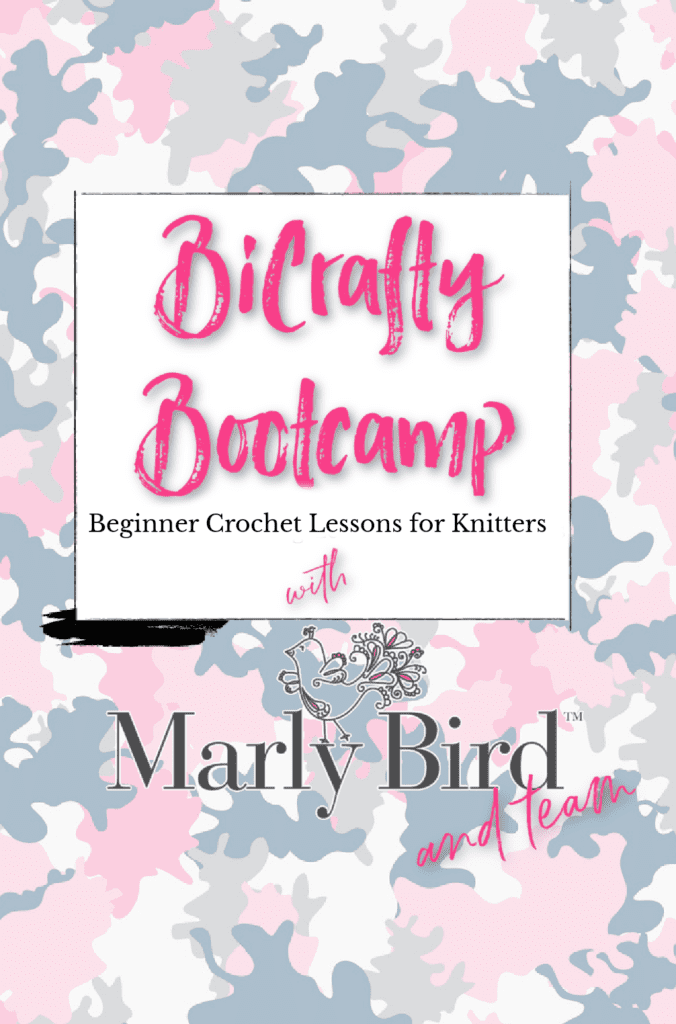

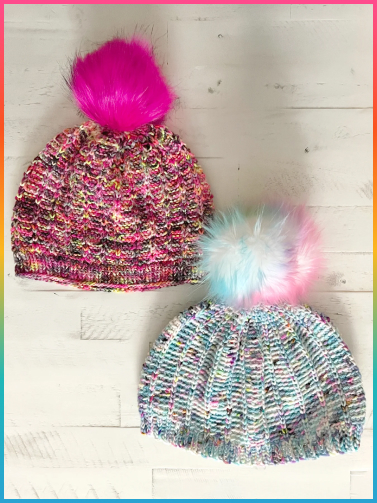

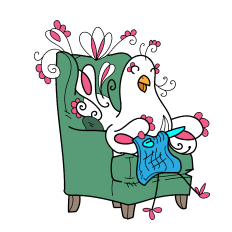
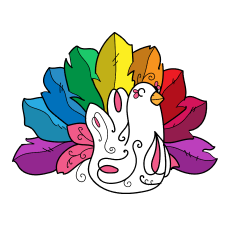
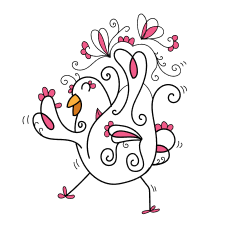
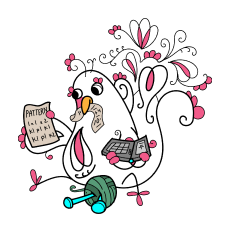
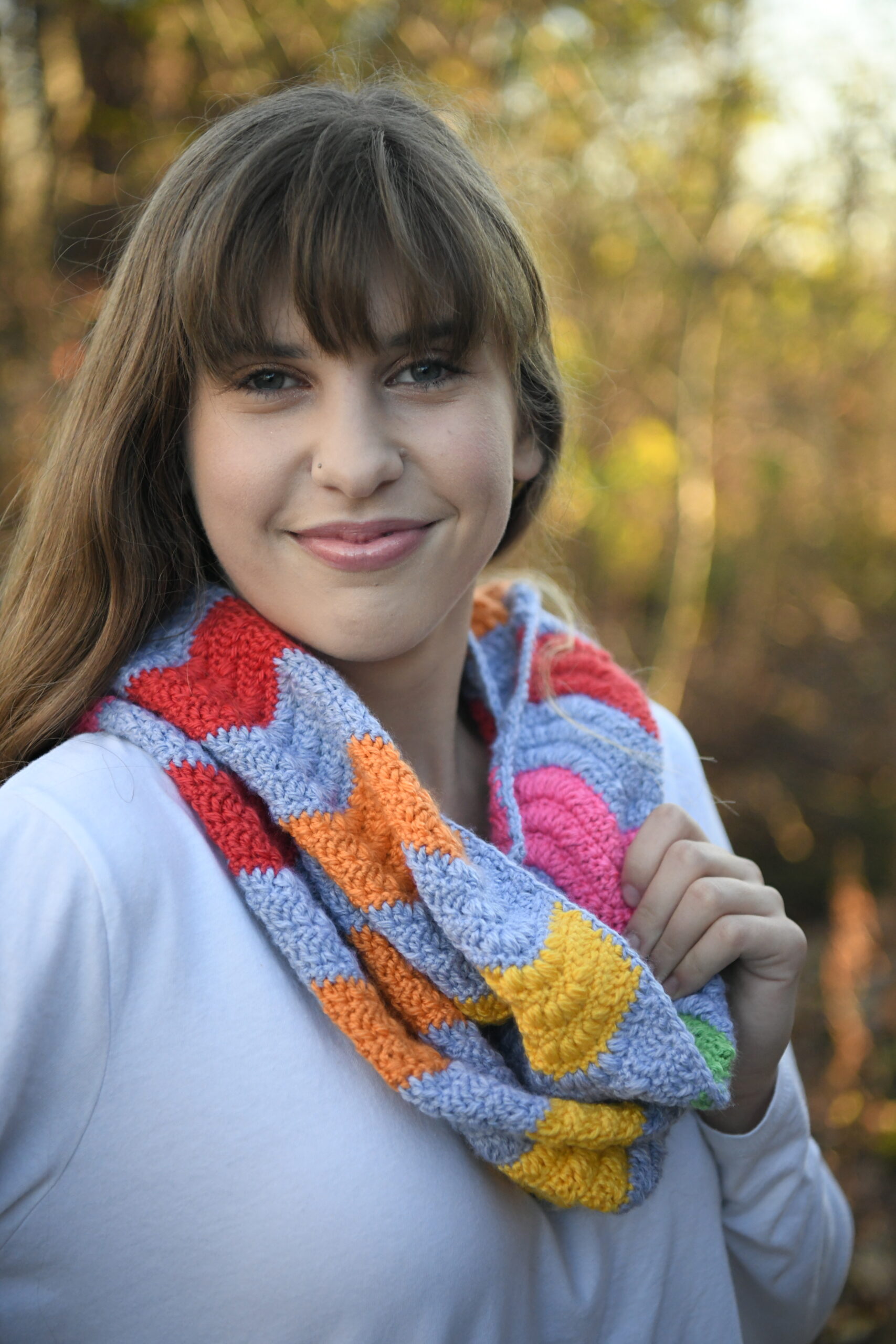
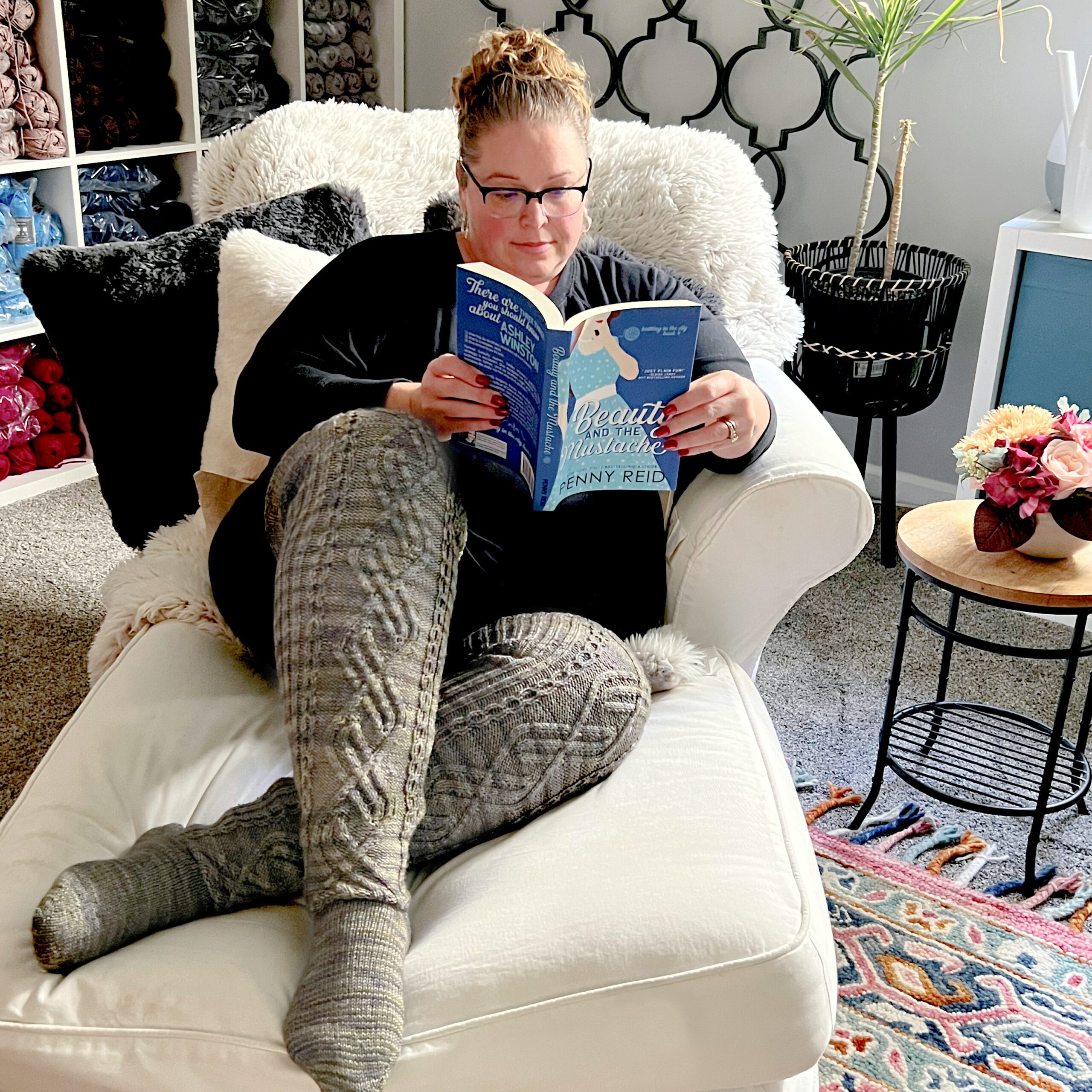
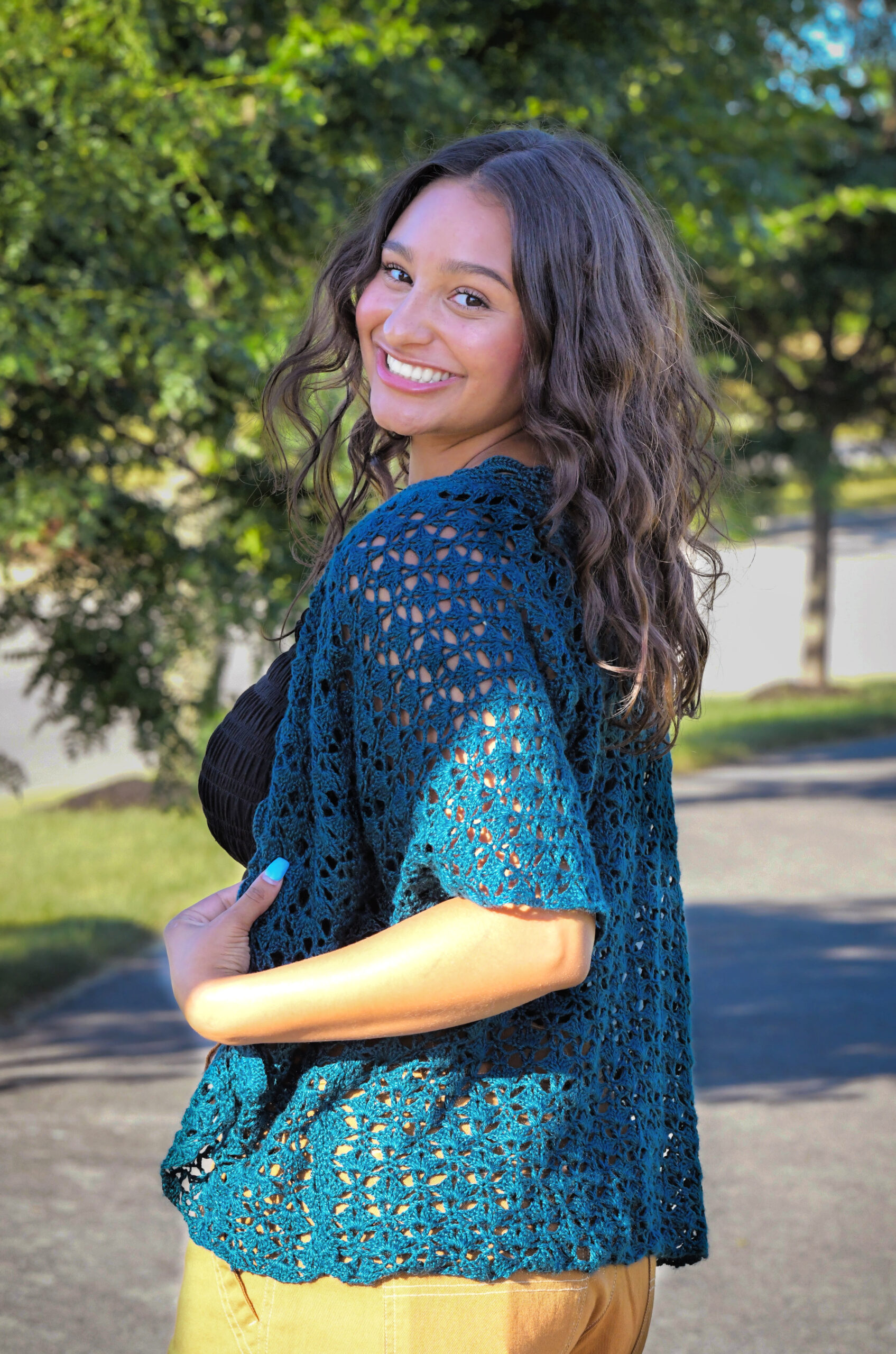
I am glad I saw the directions about the faux cable square – because that wasn’t in the video.